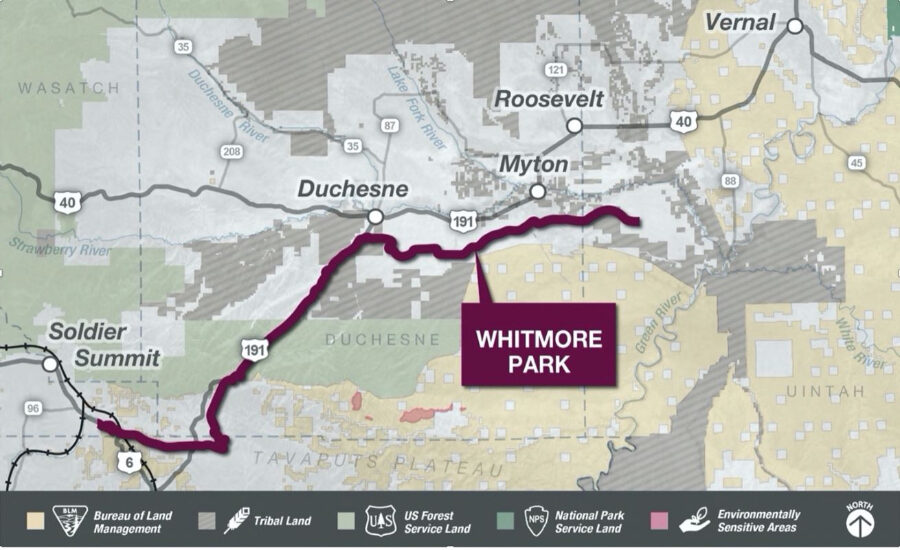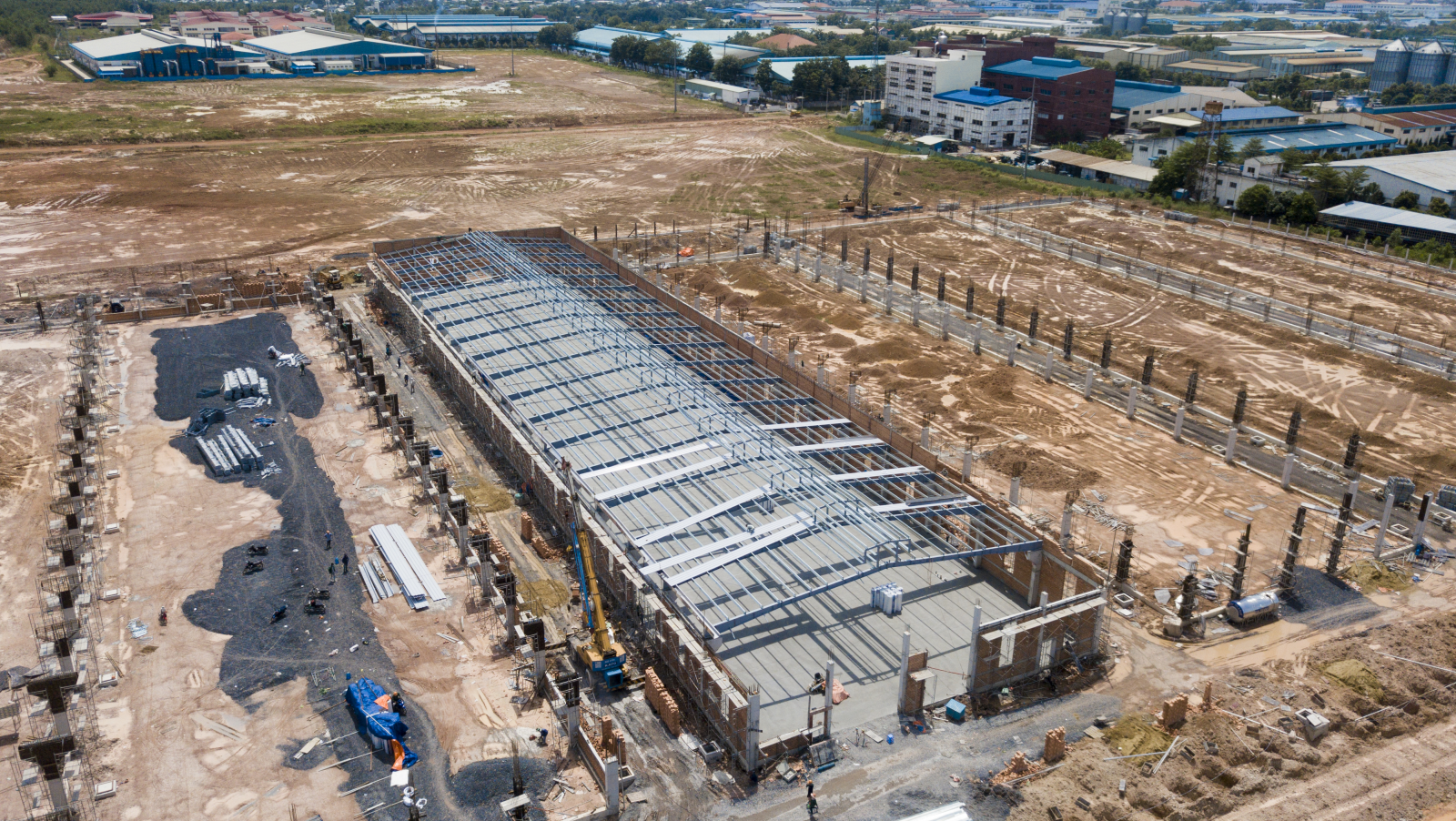
Supreme Court Limits NEPA Review Scope in Decision Reinstating Utah Rail Line

Federal agencies’ environmental reviews of proposed projects should be “a procedural cross-check, not a substantive roadblock,” the U.S. Supreme Court ruled in a May 29 decision that will allow a $1.4-billion Uinta Basin Railway project to advance in Utah. The ruling appears to limit the scope of the National Environmental Policy Act, which requires federal agencies to prepare environmental impact statements for infrastructure projects.
The plan calls for construction of an 88-mile railroad line connecting Utah’s oil-rich Uinta Basin to the national rail network to carry crude oil to refineries.
The U.S. Surface Transportation Board, which determines whether to approve construction of new railroad lines, prepared an environmental impact statement that totals more than 3,600 pages before approving the project in 2021. But a lower court tossed out the approval after finding the review did not sufficiently consider the environmental effects of activity that may be enabled by the railroad’s construction, such as increased oil drilling.
The Supreme Court reversed that decision 8-0. In the majority opinion—three justices agreed with the ruling but differed in their reasoning—Justice Brett Kavanaugh wrote that NEPA requires agencies to focus on the environmental effects of the project in question, but not other partially related environmental impacts.
“In deciding cases involving the American economy, courts should strive, where possible, for clarity and predictability,” he wrote. “Some courts’ NEPA decisions have fallen short of that objective.”
The ruling comes as President Donald Trump has been pressing for ways to hasten approvals for some projects, particularly energy-related work. In response to an executive order Trump issued, the U.S. Army Corps of Engineers identified hundreds of projects to fast-track through environmental reviews.
But the new ruling severely limits the scope of NEPA by relieving federal agencies of the obligation to review all potential environmental harm related to a proposed project, according to the environmental advocacy group Earthjustice. In this case, it means agencies can ignore environmental impacts on Gulf Coast communities where the oil is expected to go to refineries.
“Today’s decision undermines decades of legal precedent that told federal agencies to look before they leap when approving projects that could harm communities and the environment,” said Sam Sankar, Earthjustice senior vice president for programs, in a statement.
Advancing Construction
With the favorable ruling, the Seven County Infrastructure Coalition, the public entity in the public-private partnership behind the project, says it will work with federal agencies to restore its approvals and advance toward construction.
“This decision affirms the years of work and collaboration that have gone into making the Uinta Basin Railway a reality,” said Keith Heaton, director of the infrastructure coalition, in a statement. “It represents a turning point for rural Utah—bringing safer, sustainable, more efficient transportation options, and opening new doors for investment and economic stability.”
Rio Grande Pacific Corp. previously announced its selection of AECOM to design the railroad and a Skanska-WW-Clyde joint venture to build it, along with tunnel design and construction by Obayashi Corp.
The favored plan calls for a single-track route that would include construction of 5.7 miles of tunnels, 30 rail bridges, one road bridge and 423 culverts. It would connect to the national rail network via the Union Pacific Provo Subdivision near Kyune, Utah.
Post a Comment
You must be logged in to post a comment.






